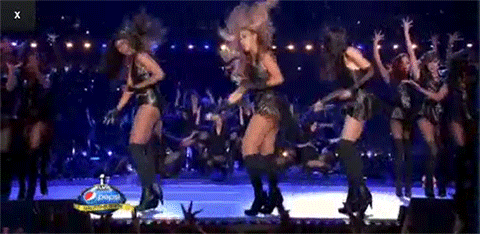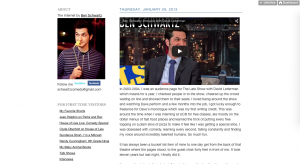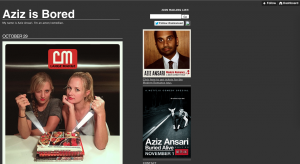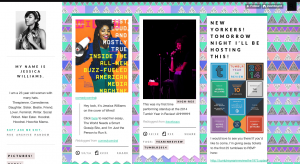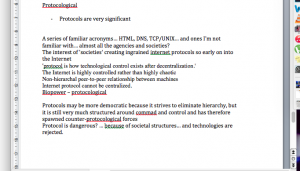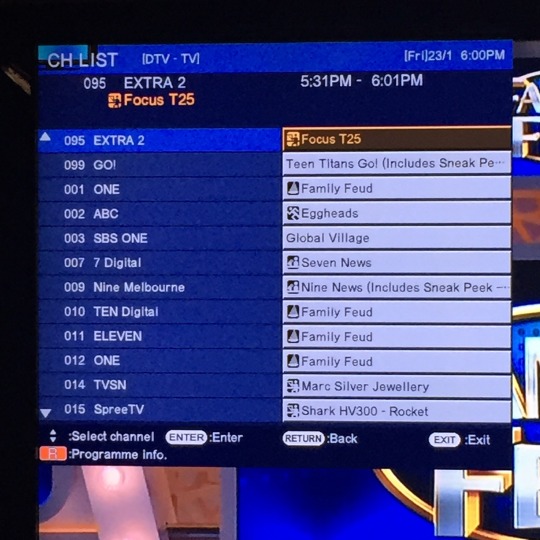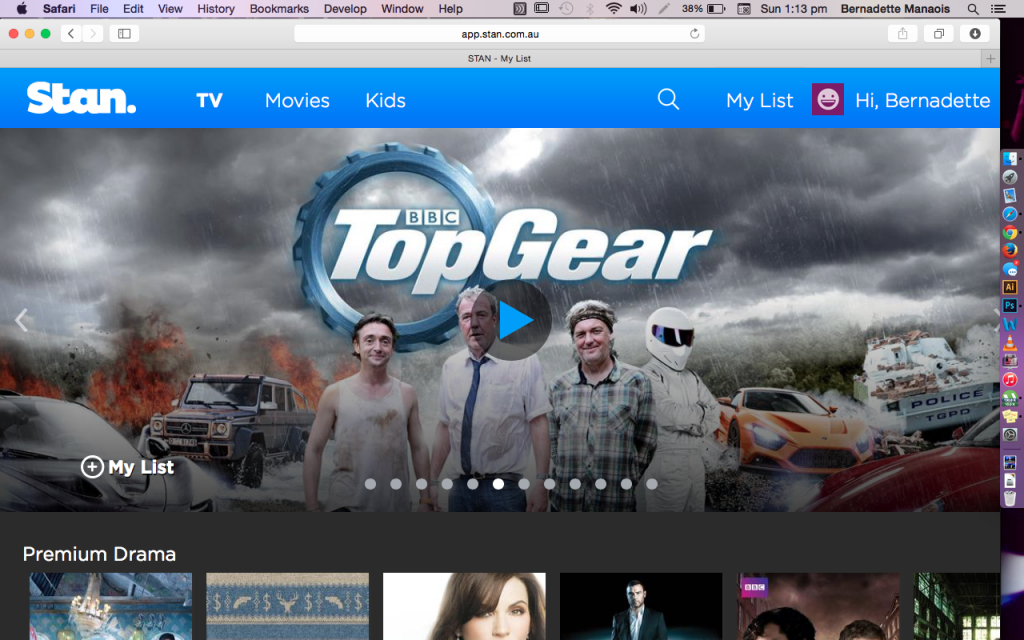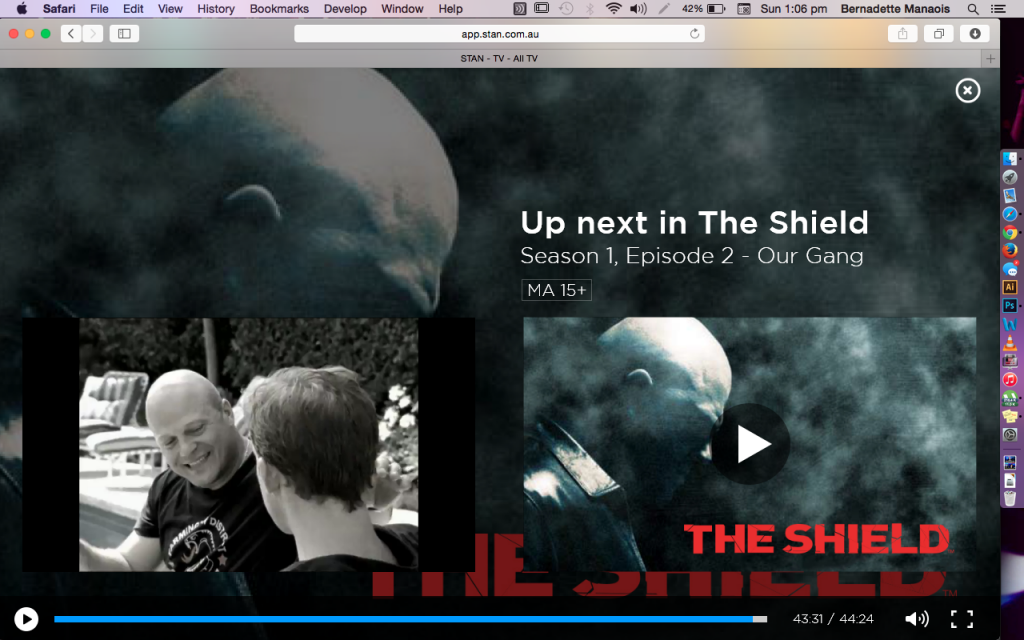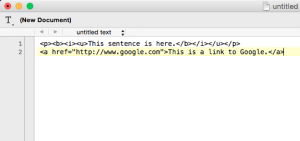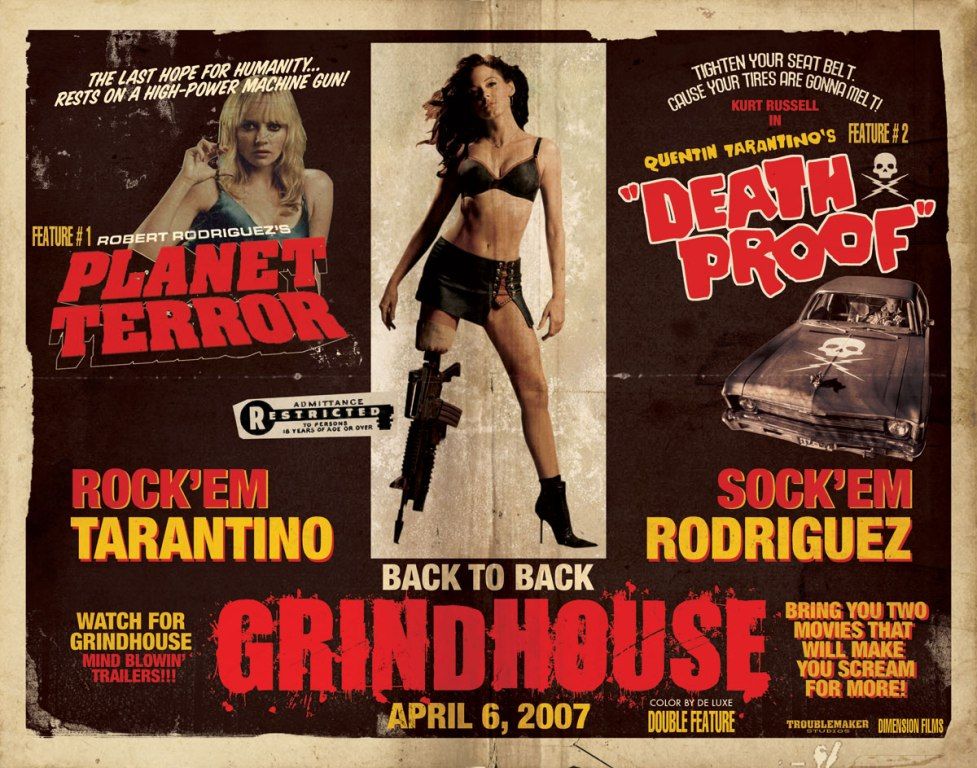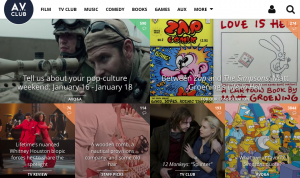 The title of this particular post is a quote from Seinfeld. Now, it doesn’t necessarily have an exact relation to what this post is about barring the single word ‘Pomodoro,’ (but I did immediately think of the quote as I saw it written on the whiteboard) but I found that my first experience with the Pomodoro Technique of writing had me feeling like I needed to break my ties with the method early on into the technique.
The title of this particular post is a quote from Seinfeld. Now, it doesn’t necessarily have an exact relation to what this post is about barring the single word ‘Pomodoro,’ (but I did immediately think of the quote as I saw it written on the whiteboard) but I found that my first experience with the Pomodoro Technique of writing had me feeling like I needed to break my ties with the method early on into the technique.
The Pomodoro Technique employs a method of planning, tracking, and processing in intervals, in a way that flow and focus is not interrupted. The technique is named as such as it’s based on the tomato shaped timer (pomodoro is Italian for tomato) which is originally a kitchen timer.
The technique’s fundamental principles is as follows:
- Decide on the task/topic
- Set 25 minutes of work
- Take a short break (3-5 minutes)
- After four repeats of #2, take a longer break (15-30 minutes)
Now in class the technique was slightly varied but the process followed the same intervals. To get a feel of the rhythm for our Mixed Media Creative Critical Essay we were to write for 25 minutes, then assess the work for 10. For me, it was super difficult to just start writing for 25 minutes. I wrote for maybe a straight 4 minutes, took a 3 minute break, and that pattern continued on until the time was up. I found myself consistently Googling to come up with material for the essay.
After 25 minutes was up, I already came to the conclusion of changing the perspective in which my essay was to be written in. I think that’s a pretty big compliment to the technique, as my regular routine would’ve had me writing in the initial perspective, only to find out 4 paragraphs in that I hated what I had written.
After a bit of discussion about people’s experience with the demo, in-class version of Pomodoro, we spent 10 minutes reading through, and finding what needed sources, what needed evidence to back up these currently unsubstantiated claims. I found this step to be very useful. It allows you to step away from your work, proofread (which is something I admittedly hate doing and avoid at all costs, once I write something, I want it gone from my immediate vicinity), and research.
The ‘technique’— if you could call it that— I use would have me reading heaps of my sources that I’ve compiled beforehand, then regurgitating that information into a written piece. The Pomodoro Technique has enabled me to work my way backwards which lessens the stop-start mode I’m usually in as I’m citing and sourcing as I’m writing. Also, as I’m already referencing as I’m writing, chances are whatever flow I had going is being consistently interrupted and my train of thought in ruins.
I’ll be trying to employ this technique as my final year rolls along, and hopefully it drags me away from consistently experiencing this:

Those pesky 2-7am bursts of genius aren’t usually bursts of genius. They’re more like thinly veiled cries for help.
In the meantime, have a gander at Dale’s post on her experience with the writing exercise.
